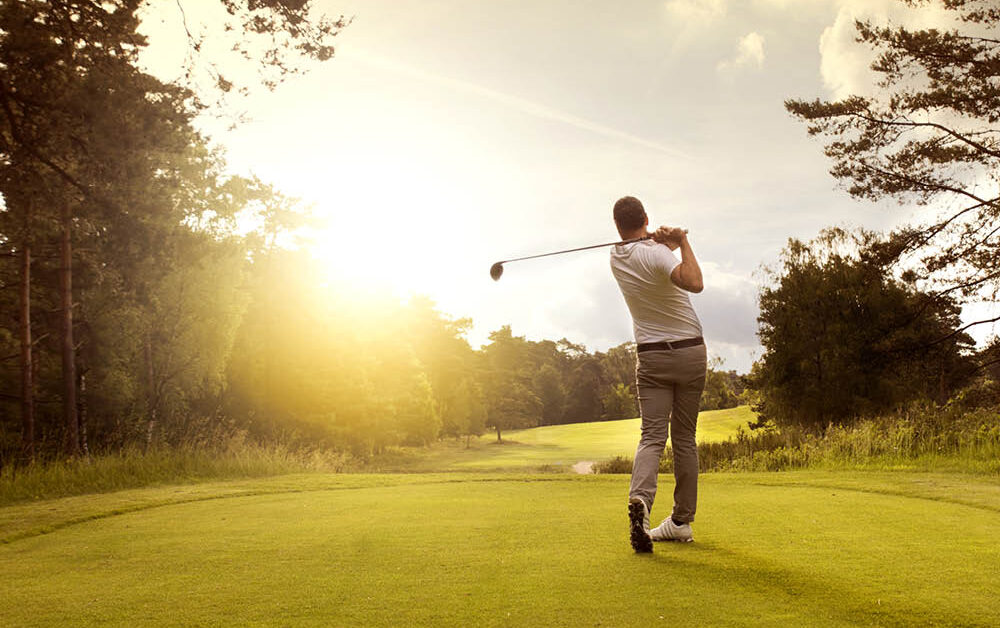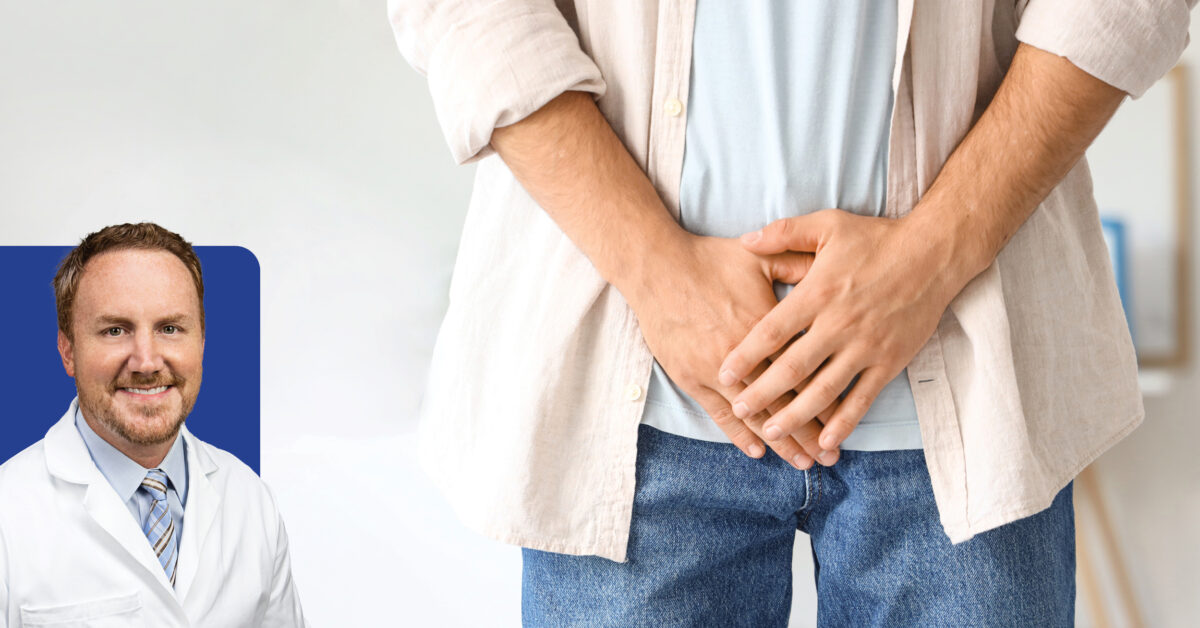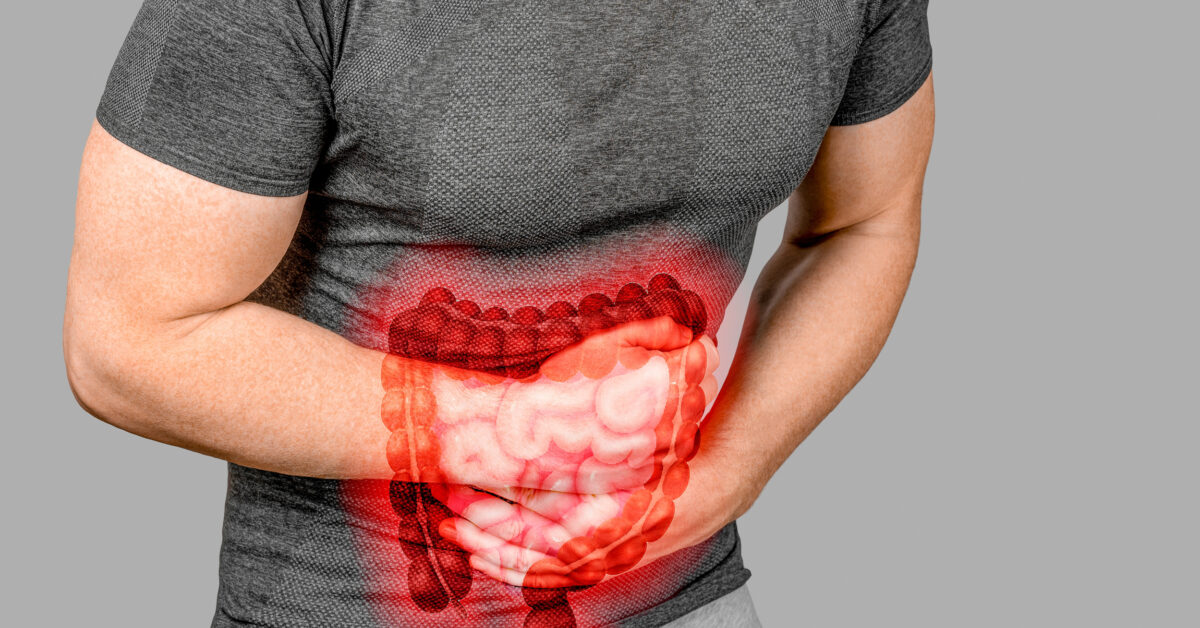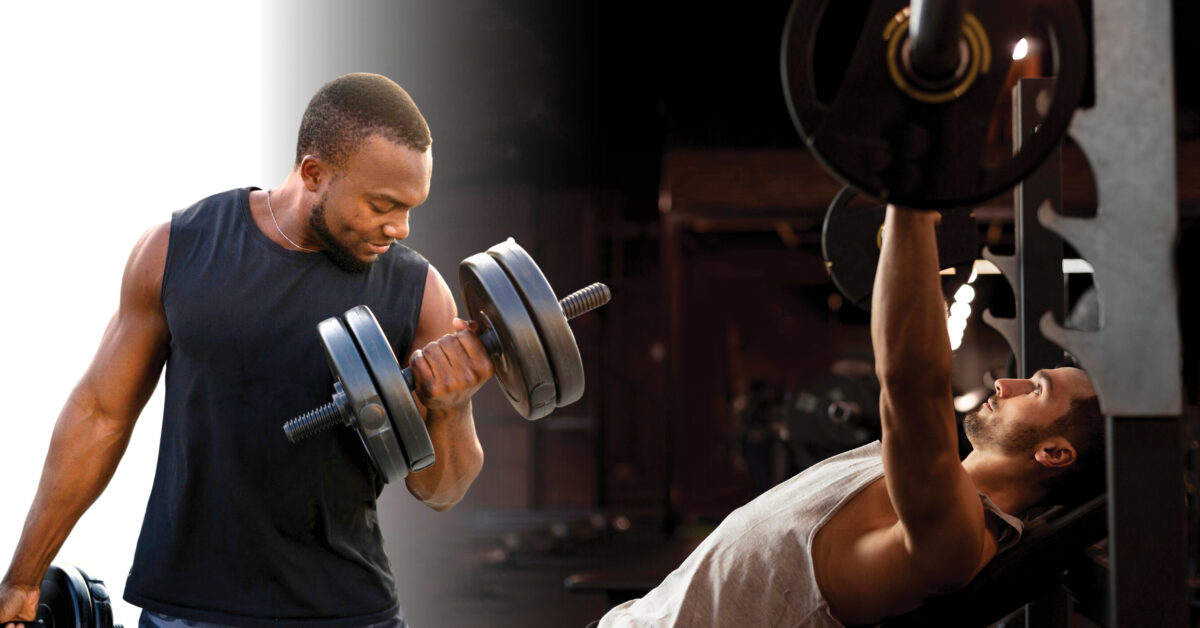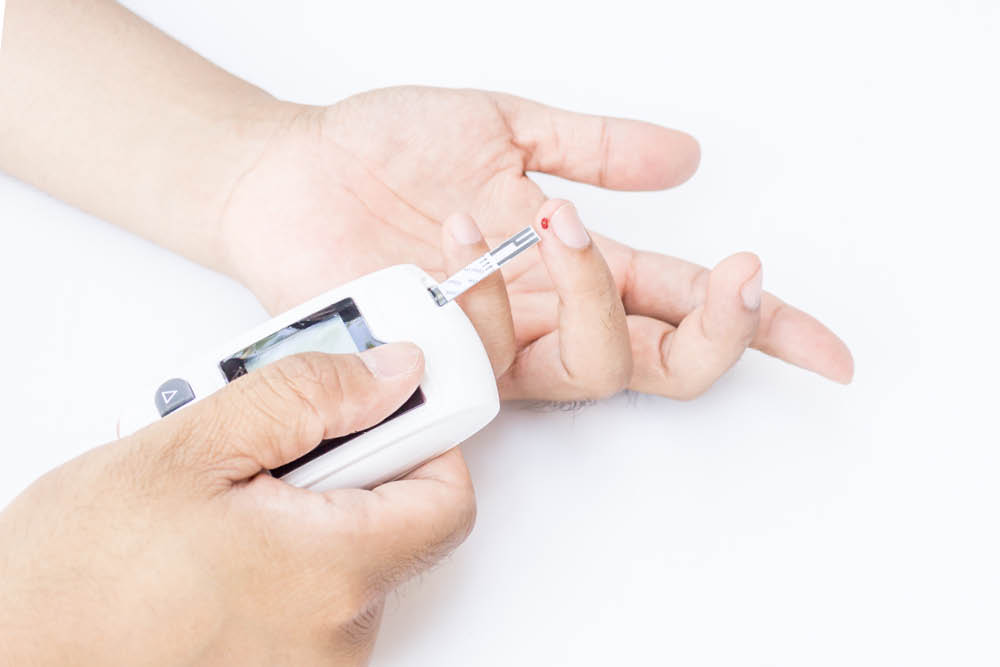
Avoid Diabetes Complications
February 2021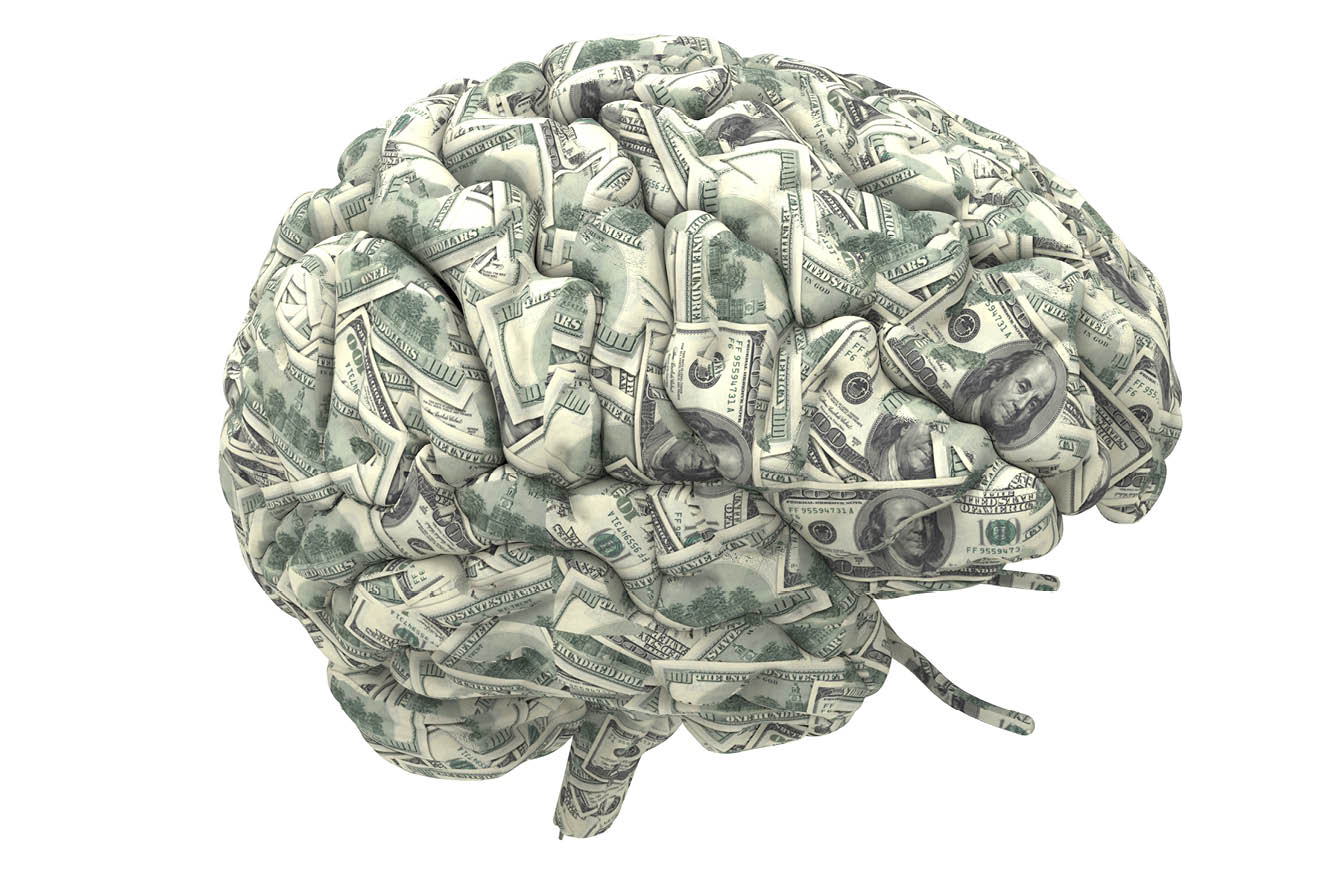
What’s Your Tax IQ?
February 2021Tips to Safely Return to Golf after a Winter Hiatus
by Ashley Fontenot Hornsby
As temperatures begin to rise, so might the itch to dust off the golf clubs and meet your friends for a round of golf. Winter tends to put us in hibernation mode. We become less active, stay inside and sit more. Combine that with the fact that many of our jobs are sedentary, and it can create a loss of strength and movement in two key parts of the body: the back and hips – crucial areas to attain that perfect swing.
Hip mobility is necessary for a full, balanced golf swing. Good hip rotation allows you to obtain a proper stance, back swing, and follow through. If you lack motion in the hips, that motion must come from somewhere else, i.e. the back or knees.
Your back might also be stiff. Loss of mobility in that area can wreak havoc on your golf swing and cause neck and shoulder discomfort in your daily life. When we turn, our bodies are designed to rotate about 35 degrees each direction from our mid back, so it can be a critical factor in your swing.
Practice these two drills to maximize mobility and strength through these areas of the body and help you prepare to hit the greens.
Mid Back Rotation
Your day-to-day activities are generally performed directly in front of you. Consequently, your neck and back tend to move forward into a flexed position. If you don’t actively counteract the constant movement forward, rotation and extension become more and more difficult to achieve. Most people lack variety of movement in their lives, so it is essential that you make a conscious effort to add rotation and extension activities to improve these movements through the spine.
This activity may feel difficult initially but if you’re consistent over time, you’ll move through the range with much more ease.
- Get on your hands and knees on the floor, ground or even your bed. Place your hands under your shoulders and your knees slightly apart under each hip.
- Rock backwards, bringing your hips back towards your heels. This rock back position allows your low back to flex. The motion should come primarily from the midback.
- Place one hand behind your head and rotate as far as you can to that side. Keep your hand in contact with the floor.
- Focus on opening up your chest to the wall you are rotating towards and moving only at the midback.
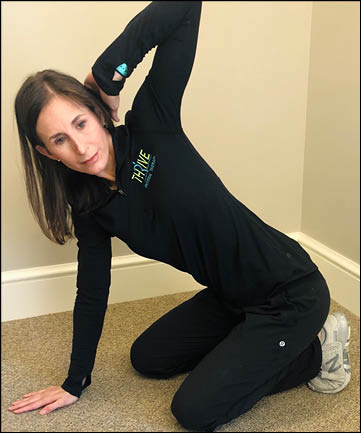
Shin Box Switch
Because of the amount of sitting we do for work and relaxation, our hips often pay the price with increased tightness and loss of mobility. It’s important to incorporate movements to restore and maintain our hip range of motion. At first, the exercise may seem complicated, but after you spend a few minutes to work through it, you’ll find it’s pretty easy to master.
Start by sitting on the floor (or bed if you have difficulty sitting on the floor). Have your shins form a 90-degree box - this is where it gets its name.
- Sit up tall while your legs remain in this position. For some, the tension in the hips may keep you from getting in this position. If so, simply lean back on your hands. This modification should allow most to be able to continue this exercise
- Next, perform the “switch”. From the starting position, lift your knees up and drop them down to the opposite side to form the same 90-degree box.
- Rotate back and forth 10 times. As you become more comfortable with the movement you can spend 30 seconds on each side for a total of five minutes.
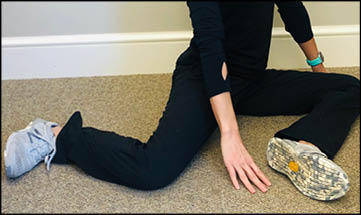
The game of golf requires strength, power, mobility, and endurance to do well. A well-rounded training program would address all these aspects and more to improve your game. If hitting the links is on your to-do list, be sure you’re ready to play pain-free and beat your buddies off the tee box by incorporating these tips to help you play and feel your best!
Ashley Fontenot Hornsby is a physical therapist and co-owner at Thrive Physical Therapy. She is a graduate of McNeese State University and Texas Woman’s University. She specializes in the treatment of headaches, neck pain, and TMJ disorder, as well as orthopedics and sports rehabilitation.



